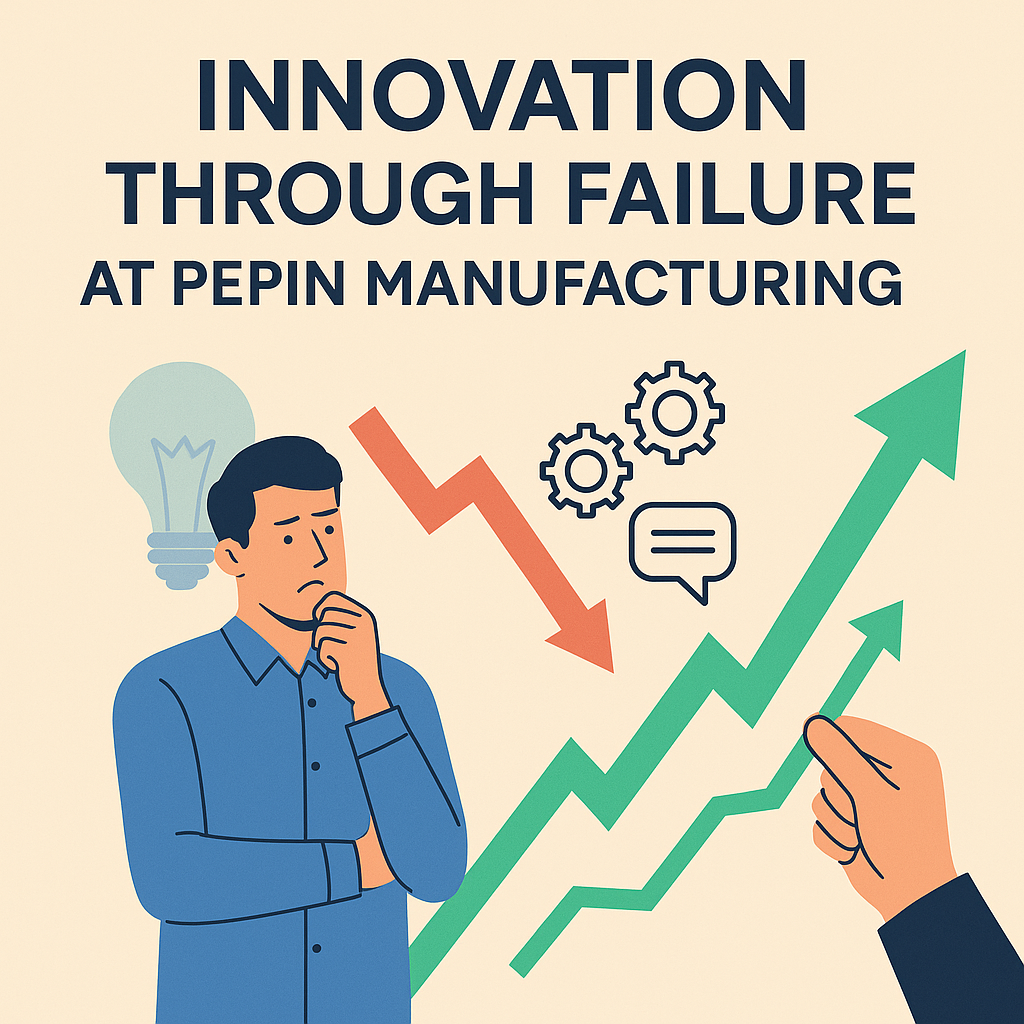Last Updated on August 27, 2022 by rida
Choosing the right materials is one of the most critical decisions that needs to be made early in the process of designing a retail display. There are a lot of factors to consider in choosing the best materials for your display, including cost, strength and durability, visual impact, fit with brand image, availability, functionality, sustainability, and more. There is a vast range of materials that can be used in making a retail display, but today we will focus on the materials most commonly used in the retail display industry.
Table of Contents
Corrugated
Corrugated displays are ubiquitous at retail. They are typically used for temporary displays to support “in-and-out” promotional programs, seasonal programs, or new product introductions. Once the product sells through, retailers typically toss the display rather than trying to refill it. The main benefits of corrugated displays are: cost-effectiveness, ability to print full color graphics on the entire display, and favorable shipping economics since corrugated is relatively light weight. The SolutionsRX display is a typical example of one of our custom corrugated displays.
Metal
Metal is widely used in the retail display industry. It is strong, durable, and relatively cost-effective, particularly when it comes from China which produces 51% of the world’s steel supply. The three most common types of metal used to make displays are metal tube, wire, and sheet metal. Metal tube is available in the form of square tube, round tube, and rectangular tube. It can be purchased in different tube sizes and thicknesses. Metal tube is frequently used to create display structures and frames. It can be bent, slotted or swaged so that two tubes can be easily connected.
Wire is also popular for making hooks, shelves, counter displays, and even floor displays. Wire is available in different diameters and is often used in combination with metal tube and sheet metal.
Sheet metal is also commonly used to make display structures, particularly things like a display base and shelves. It is more expensive than metal tube and wire, but it offers a combination of strength, utility, and durability that is hard to beat.
The most common finish used on metal products is powder coating. Powder coating is available in many standard colors and also can be PMS color matched. One of our stock displays shown below combines metal tube, wire shelves, and sheet metal shelf lips, while also sporting a custom textured grey outdoor powder coated finish.
Wood and Wood Composite Products
Wood displays have always been popular in retail stores. Not only does wood provide strength and durability, but it offers a more natural aesthetic and is more visually interesting than metal since there are so many species of wood, including pine, oak, alder, maple, mahogany, etc. Wood displays are particularly popular in North America since that region of the world has a strong timber industry and a relative natural resource advantage. Solid wood and plywood are the most common types of wood used in the display industry.
Wood can be stained, painted, torched, laser engraved, clear coated or left raw. It can also accommodate a melamine or laminate finish which opens up an enormous number of possibilities for finishes and looks that can be created. An example of a typical custom wood display we made for handbags is shown below.
In addition to solid wood and plywood, wood composite materials like MDF or particle board are also widely used. MDF or medium density fiberboard is basically made of compressed saw dust. It is strong and more affordable than solid wood or plywood. It has a smooth surface which is great for printing. The Woodinvlle Whiskey display shows how nicely MDF can accommodate direct-printed graphics,
Acrylic and PVC
Acrylic and PVC are plastic materials that are frequently used for retail displays, particularly for counter displays. Both materials offer great surfaces for printing, and both materials are easy to work with. Acrylic is used a lot in the beauty and cosmetics industry. Although it is typically more expensive than other types of display materials, it offers a premium look and is one of the few display materials that features complete transparency, thereby maximizing product visibility. It also comes in a wide range of standard colors and thicknesses and can also be made in custom PMS-matched colors. One of our typical acrylic displays is shown below.
PVC is cheaper than acrylic and offers less of a premium look, particularly since it is difficult to finish PVC edges, whereas acrylic edges can be polished smooth. An example of a countertop PVC liquor display we made for Moet Hennessy is shown below.
There are many other types of materials that can be used to make retail store displays. Our focus has been on the most commonly used materials. It is important to note that these materials are often used in combination to create beautiful displays that can increase product sales and build brand awareness.
About Jim
Jim Hollen is the owner and President of RICH LTD., a California-based point-of-purchase display, retail store fixture, and merchandising solutions firm. A former management consultant with McKinsey & Co., Jim has authored more than 500 blogs on POP displays and retail merchandising. Jim earned his MBA from Stanford Graduate School of Business.
Read More: 5 Advantages Of A Custom Cake Boxes



























